In 2019, over 34 million tourists made their way to Greece, breaking an all time record.
Last year, the number of inbound visitors to Greece fell by 78.2% to 7.4 million from 34 million in 2019, according to Bank of Greece data.
Greece has been topping the lists of 'safe destinations for travellers' this year as it strives to revive its key tourism sector, which was battered by the pandemic in 2020.
With a recent stabilisation of the rate of COVID-19 infections and deaths, and record daily numbers of vaccinations, Greece is hoping to increase the number of tourists this year and to climb its way back to half of the number of visitors in 2019.
In anticipation, Greek City Times has put together a list of the top 10 tourist destinations in Greece, which are by far some of the most frequently visited spots by local and international tourists each year and areas you will definitely want to visit at least once in your lifetime.
10. OLYMPIA →
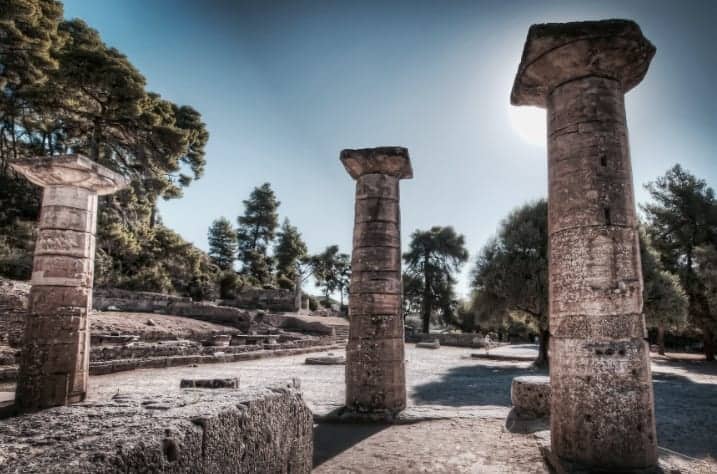
Olympia is an ancient site on Greece's Peloponnese peninsula that hosted the original Olympic Games, founded in the 8th century B.C. Its extensive ruins include athletic training areas, a stadium and temples dedicated to the gods Hera and Zeus. The Archaeological Museum of Olympia exhibits finds from the site, including a statue of Hermes attributed to the sculptor Praxiteles. Olympia is one of the most well-known tourist destinations in Greece, and has one of the most powerful names worldwide.
9. MYKONOS →
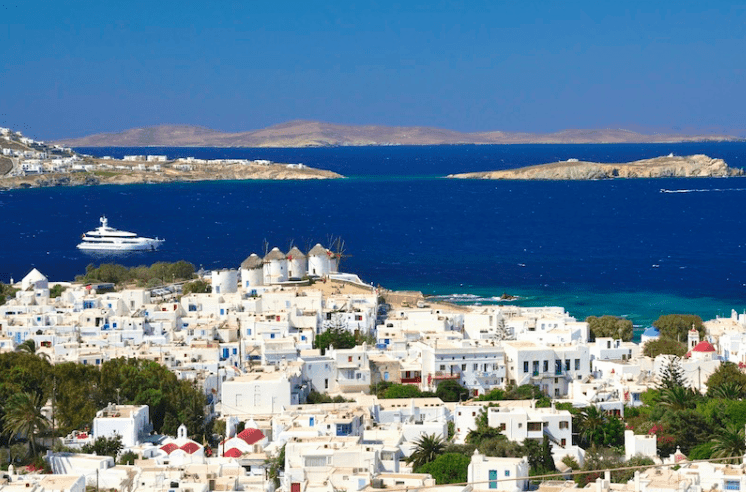
After Santorini, Mykonos is the second most frequented island by international visitors and is by far the most popular with international celebrities. It is a cosmopolitan destination and widely recognised as one of the best tourist attractions in Greece. Mykonos Town (Chora) is a gorgeous Cycladic town with a maze of tiny streets and whitewashed steps lanes. You can't mention Mykonos without referring to night time activities, which centre around the town and famous for its stylish eateries, bars and clubs. Other attractions include Paraportiani (a whitewashed church in Mykonos Town) and numerous sandy beaches along the island's south coast.
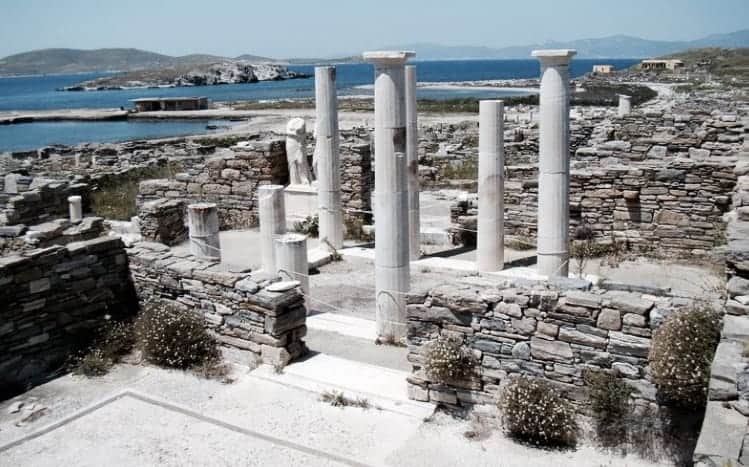
Hop on a boat and in 15 minutes you will arrive at Delos, which is a UNESCO World Heritage listed site. It’s filled with history and gives you the chance to walk around the revival of the glory of the Greek civilization. Nowadays, Delos reserves its uniqueness to the world: nowhere else in the globe is there a natural insular archaeological site of this size and importance.
8. DELPHI →
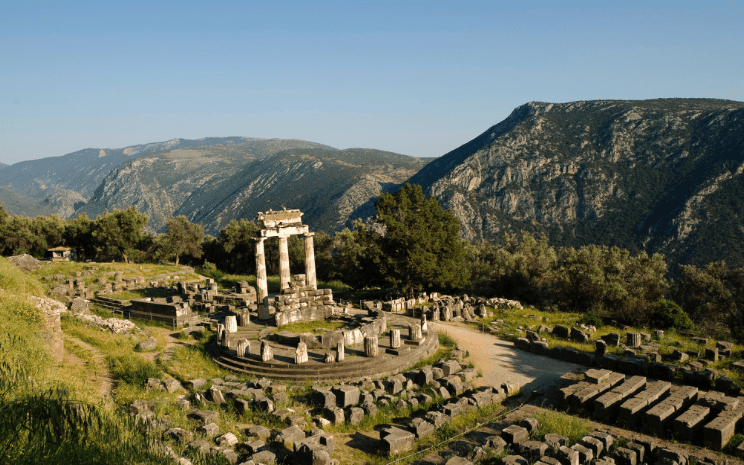
Delphi is a UNESCO World Heritage site. Built on the lower slopes of Mount Parnassus, the site was sacred to the ancients, who came here on pilgrimages to worship Apollo (god of light, prophecy, music, and healing) and to ask advice from the mythical Oracle. It is made up of the crumbling ruins of numerous temples, a theater, and stadium, dating from between the 8th century BC and the 2nd century AD. The ancient theatre of Delphi was built on a hill giving guests a view of the entire space and landscape below. It was originally built in the 4th and could seat 5,000 spectators. Today it is one of the top tourist attractions in Greece.

From Delphi you are in prime position to take a trip to Cape Sounio- the site of ruins of an ancient Greek temple of Poseidon- the god of the sea in mythology. The remains are perched on the headland, surrounded on three sides by the sea.
7. NAFPLIO →
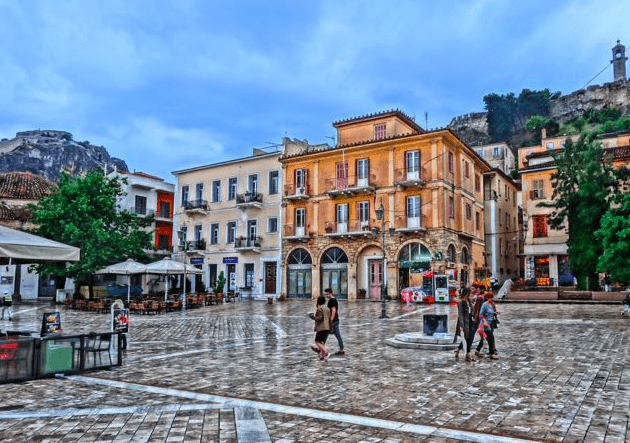
Often cited as Greece's most beautiful city, Nafplio is a popular destination for Athenians and international tourists. Built on a small peninsular on the east coast of the Peloponnese, it became the first capital of modern Greece in 1828 before Athens took over in 1834. The car-free old town is filled with neo-classical mansions, churches and overlooked by the 18th-century Palamidi Fortress. On the square, which was built by the Venetians, is the first Greek Parliament, which was housed in an 18th century mosque, a mosque-Trianon (1730) which now houses the Municipal Theatre of Nafplion, the church of St. Anastasius and the Barracks or Armory, which now hosts the archaeological museum.
Nearby attractions include Tiryns, Epidaurus Theater, and Ancient Corinth.
6. CRETE →

Crete is also a very popular destination for tourists and offers so much history and culture. On top of the list is the Samaria Gorge- 16 km (10 miles) long canyon in southwest Crete. Walking the Samariá Gorge is extremely popular and more than a quarter million tourists do so each year. The walk takes 4 to 7 hours and passes through forests of ancient cypresses and pines, then cuts between vertical cliffs through the mountains to emerge at Agia Roumeli on the Libyan sea. The gorge lies within the Samaria National Park, and is on the UNESCO tentative list.
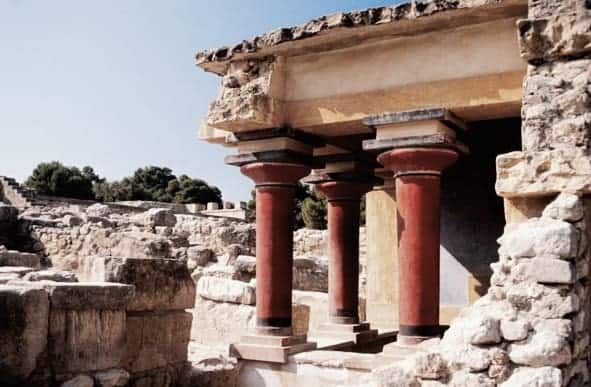
Knossos is the largest Bronze Age archaeological site on Crete and is considered Europe's oldest city. The name Knossos survives from ancient Greek references to the major city of Crete. The famous Minoan Palace lies 5 kilometres southeast of Heraklion, in the valley of the river Kairatos. The river rises in Archanes, runs through Knossos and reaches the sea at Katsabas, the Minoan harbour of Knossos. In Minoan times the river flowed all year round and the surrounding hills were covered in oak and cypress trees, where today you will see vines and olives.
5. METEORA →
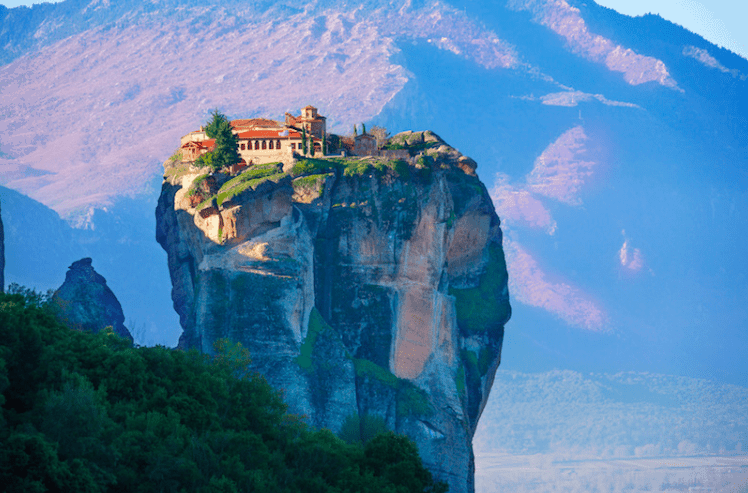
Metéora in central Greece is spectacularly situated on top of several rock pillars, with the first monastery being founded in the 14th century. On the UNESCO World Heritage list, six of the monasteries are open to the public. You need to climb up several flights of stone steps carved into the rocks to reach each monastery, and inside, you'll find flickering candles, religious icons, Byzantine frescoes, and burning incense.
4. CORFU →

Located by the Ionian Sea, off the west coast of mainland Greece, this is one of the country's most-visited island destinations. The capital Corfu Town is a UNESCO World Heritage site and was ruled by the Venetians for several centuries. Explore its romantic pedestrian-only streets to discover two 16th-century fortresses, and the arcaded Liston, lined by old-fashioned cafes.
3. THESSALONIKI →
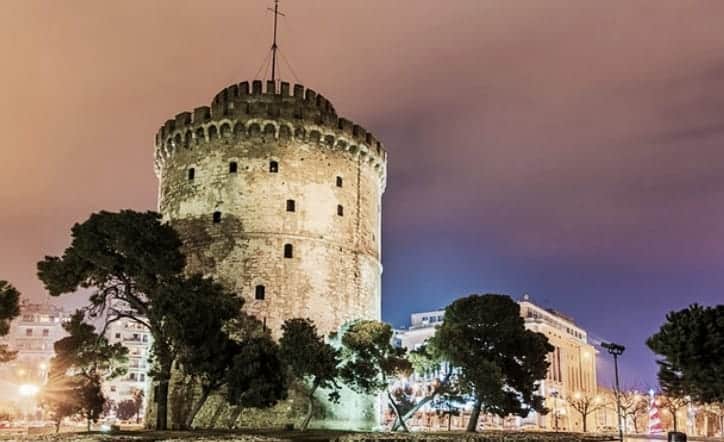
Overlooking the Aegean Sea in northern Greece, is the country's second biggest city after Athens. Its main sightseeing attractions are its UNESCO-listed Byzantine churches, but there are also several Roman monuments (including the Triumphal Arch of Galerius and the 4th-century Rotunda), the 15th century White Tower on the seafront, and an amazing Byzantine Museum.
Hop in a car and drive for an hour away from Thessaloniki and you will arrive at Vergina. Here you will find Vergina Museum containing some of the most astonishing ancient tomb discoveries in history – namely tombs of Philip II of Macedon- father of Alexander the Great and Alexander IV, the conqueror’s son.
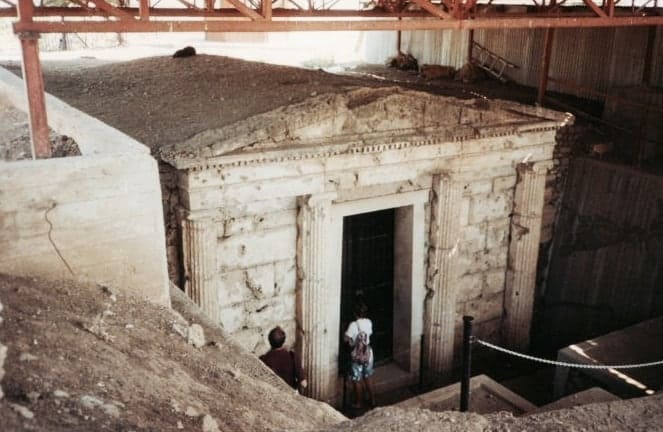
The tombs were discovered by Greek archaeologist Manolis Andronikos in 1977 and in 1993 a set of underground enclosures were built to enclose and protect the tombs and this opened to the public a few years later as the Royal Tombs of Vergina Museum.
2. SANTORINI →
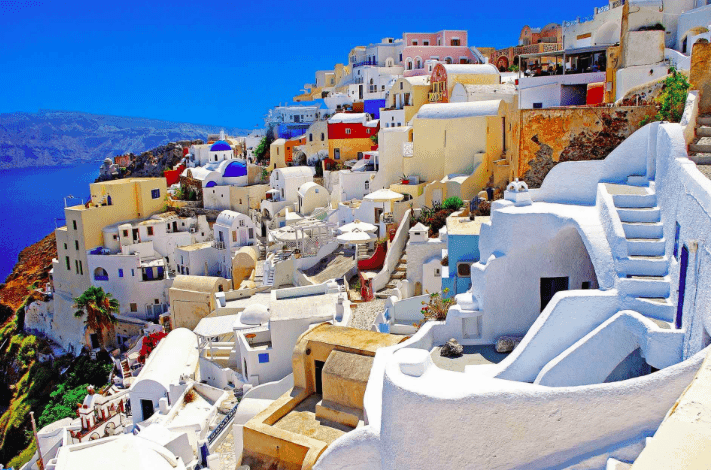
It is safe to say that Santorini is by far Greece’s (if not the world's) number one island destination for tourists. With such a picturesque backdrop, Santorini is best known for the cliff-top towns of Fira and Oia, which lie on the west coast, overlooking the deep, blue sea-filled caldera. A visit to the black volcanic sand beaches on the south and east coasts and visiting the archaeological site of Akrotiri, an Ancient Minoan settlement buried below lava following the volcanic eruption that created the caldera, some 3,600 years ago is an absolute must.
1. ATHENS →
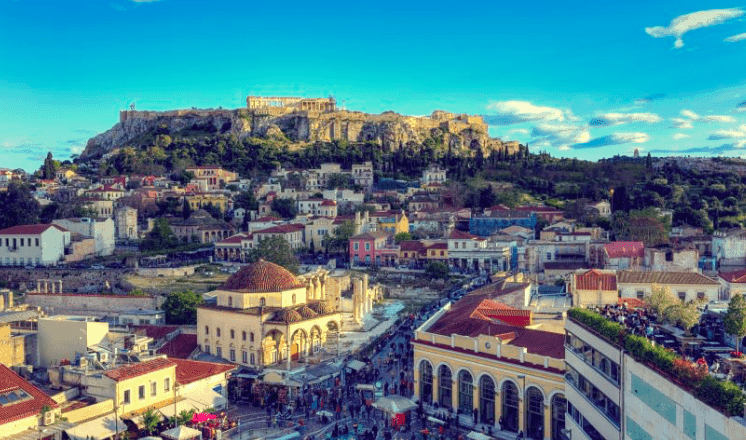
It goes without saying that Athens is by far Greece's most visited spot by tourists worldwide. Athens is referred to as the historical capital of Europe and in 1834, it became the capital of the modern Greek state. In two centuries since that time, it has become an attractive modern city with unrivalled charm that is by far Greece’s most visited destination.
The Parthenon on top of the Acropolis is one of the most famous Greek tourist attractions and a visit to this historical city is not complete without seeing this temple. Considered the symbol of Athens, Greece, and of Western civilisation, the Acropolis is in the heart of modern Athens.
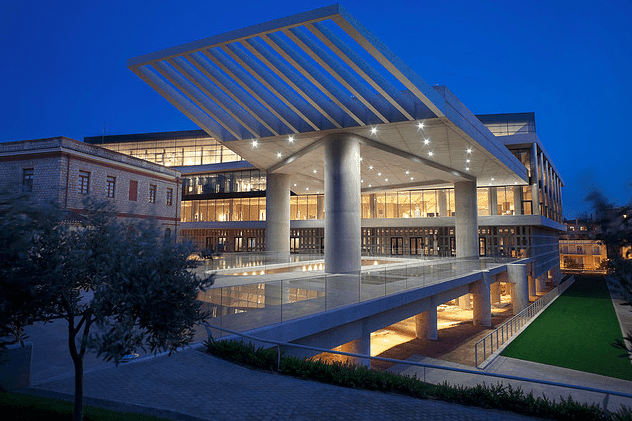
Opened in 2009, the Acropolis Museum is now one of Athens' most-visited tourist attractions. It is an ultra-modern glass and steel structure with light and airy exhibition spaces, built specifically to display ancient finds from the Acropolis.
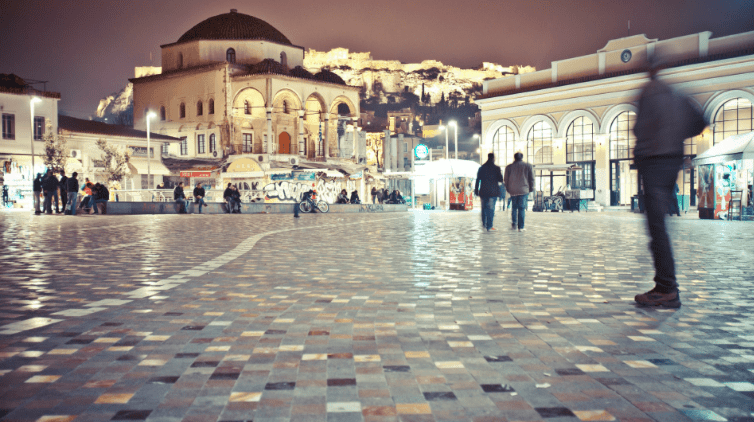
Pláka is the old historical neighbourhood of Athens, clustered around the northern and eastern slopes of the Acropolis. From the moment you start walking on its paved narrow lanes you get a wonderful feeling that you have stepped back in time.
Seven Greek Cities Listed on List of Europe’s Top 10 Most Resilient Destinations for Travel


